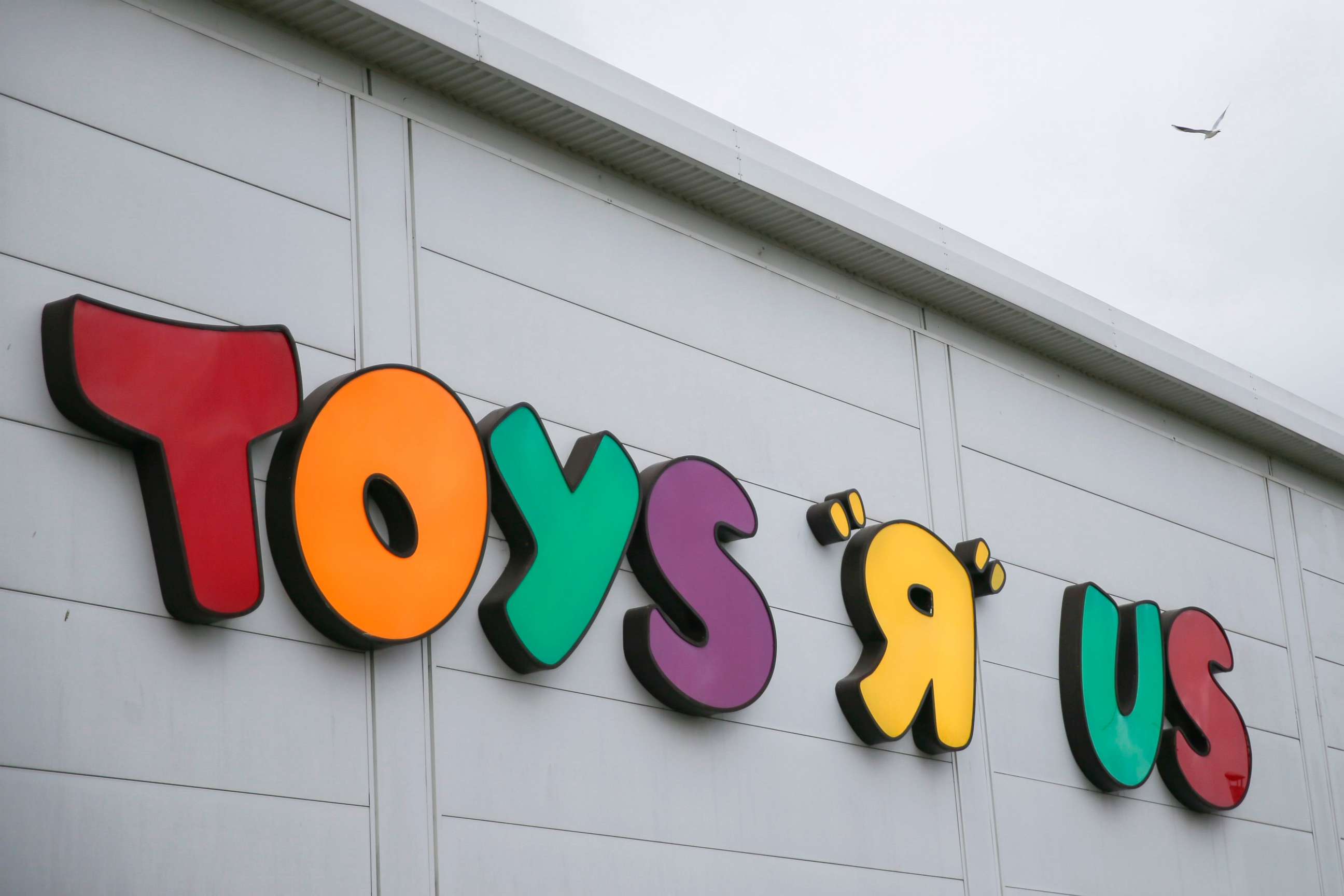With the announcement of the closing of Toys “R” Us, we’ve seen a few articles discussing one particular reason it went bankrupt and out of business: decline in birth rates. Let’s examine this claim.
Demographic Time Bomb?
In the article, “Toys R Us’s baby problem is everybody’s baby problem,” on washingtonpost.com, the company claims that its income was linked to birthrates. The fewer children being born meant less revenue. The answer? We need to “encourage larger families or immigration,” to make our population “crawl upward.” Success not just for toy companies but all companies depend on continued population growth.
Leanna Garfield at businessinsider.com tells expands Toys “R” Us’ story, at least at the beginning. She indicates that Toys “R” Us sales declines have been “largely due to competition from online retailers like Amazon, some $4.8 billion worth of debt, and a rise in labor costs.” By the end of the short piece, however, declining birth rates seem to rise in importance as a reason for the company’s demise with the statement, “parenthood is now one of many paths women can take — which is good for gender equality,” it is “troubling for stores like Toys R Us.”
The Business Truths
Other articles get at Toys “R” Us’ business truths. For example, according to “How Toys ‘R’ Us went from big kid on the block to bust,” by Julia Horowitz at money.cnn.com, in a nutshell, the company “lost online and they didn’t adapt.”
Bloomberg.com’s “Behind the Breakneck Unraveling of Toys ‘R’ Us” piece by Eliza Ronalds-Hannon, Matthew Townsend, and Lauren Coleman-Lochner, informs us that “relentless competition from Amazon.com Inc. and Walmart Inc. — combined with more than $5 billion in debt from a 2005 leveraged buyout — had finally overwhelmed the chain.” Its demise stems from being a casualty of “Amazon-era retailing and debt-fueled, private-equity deal-making.”
The video with Townsend also makes the larger observation that Toys “R” Us reflects but one example of high yield debt on retailers in general these days. Other companies face the same problem; just two examples include Claire’s Accessories, which recently also filed for bankruptcy and Sears, which is expected to as well this year. More than the claim that there are not enough babies and children, the story of Toys “R” Us reveals more about the evolution of the retail industry in the digital shopping age, and companies that survive in it – and those that don’t.
Moving Past “Cogs in the Machine”
The company reports that “revenue changes appear correlated with births in its target demographic.” Correlation does not mean causation. And it is easier to look outside itself at demographics than the ways it failed as a business at keeping up with being a retailer in today’s business world.
Focusing on births also reflects a mentality that needs a harder look. It points toward what Dave Gardner of World Population Balance calls our “growth-addicted society”, one in which consumers serve as cogs in the economic machine. It’s a mentality that influences business practice and strategy to promote pronatalism and population growth. It has a never-ending need for more consumers to keep the economic engine running and growing.
While business sees this mentality as in its best interest, the planet and all of us already on it can’t afford to continue to hold a mindset that depends on an ever growing population of consumers. Unfortunately, the reality remains: the population continues to grow each second. As of this writing, the U.S. Census Bureau Population Clock reports we have 1 birth every 8 seconds and 1 death every 11 seconds. And according to the organization Population Matters, in the world, “we add 1.5 million humans as net growth in a single week.”
Instead of spinning it as “Toys R Us’s baby problem is everybody’s baby problem,” the “everybody’s problem” involves the many negative effects of so many humans coming into the world every second, every day, every week.
And even if you buy the birthrate explanation, if Toys “R” Us can’t make it with this kind of population growth, maybe that speaks for itself.

